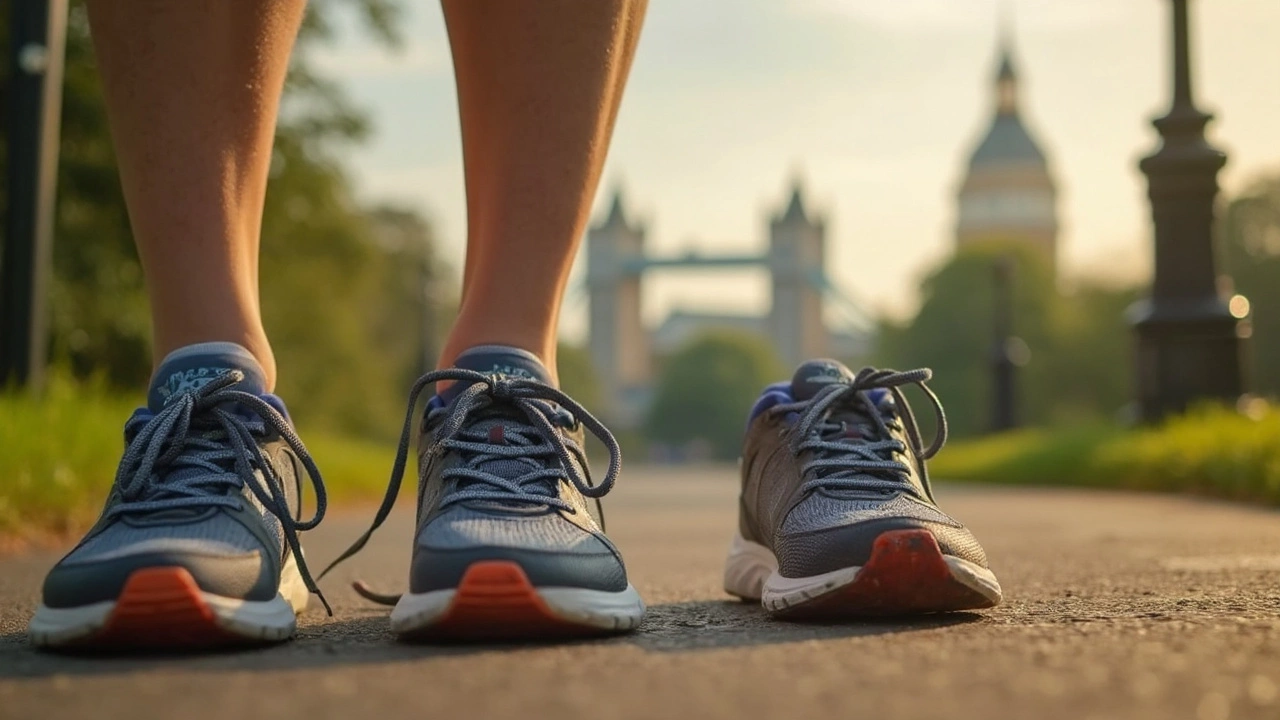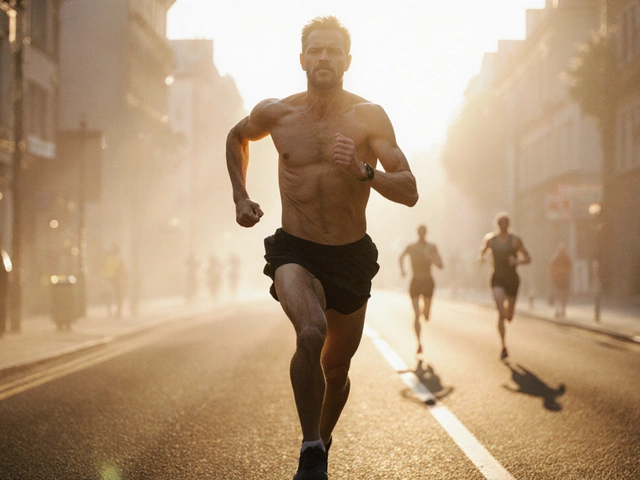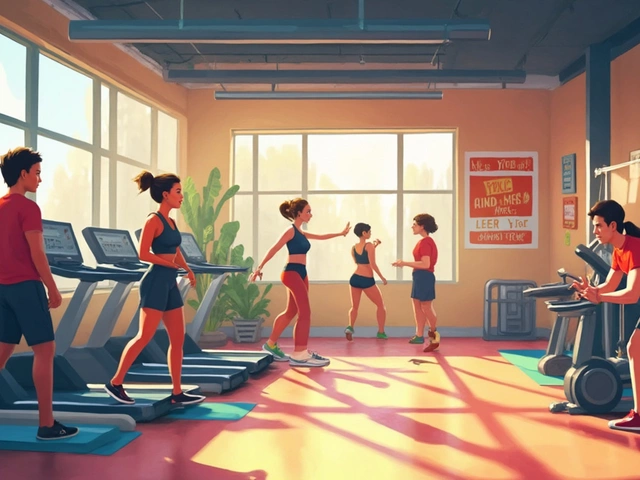Foot Health: Keep Your Steps Strong and Pain-Free
When you think about sports performance, you probably think about your lungs, your legs, or your core. But foot health, the condition and function of your feet, including bones, tendons, and arches, that support movement and absorb impact. Also known as lower limb biomechanics, it's the quiet hero behind every stride, sprint, and jump. If your feet hurt, nothing else matters. No amount of fancy shoes or high-tech gear fixes what’s broken underneath. Real performance starts from the ground up.
Your feet are made of 26 bones, 33 joints, and over 100 muscles, tendons, and ligaments. They don’t just carry weight—they absorb shock, adjust to terrain, and push you forward. When something goes wrong—a collapsed arch, tight calf, or worn-out sole—it doesn’t just hurt your foot. It changes your whole movement pattern. That’s why runners, tennis players, and even weekend walkers end up with knee pain, hip issues, or lower back problems. It’s rarely the knee or the back. It’s the foot.
Good foot care, daily habits like stretching, proper footwear, and checking for signs of injury. Also known as foot hygiene and maintenance, it isn’t about fancy creams or expensive inserts. It’s about consistency. Stretching your calves every morning. Letting your toes spread out in shoes instead of squeezing them into narrow points. Checking for blisters, swelling, or numbness before and after workouts. These aren’t luxuries—they’re non-negotiables for anyone who moves regularly.
And it’s not just about avoiding pain. Strong feet mean better balance, faster acceleration, and less fatigue over time. Think about the rugby players with massive legs—they don’t get those from just squats. Their feet are constantly gripping, pushing, and stabilizing during scrums and tackles. Same goes for marathoners who train through miles of pavement. Their feet are trained like athletes. You don’t need to be a pro to train yours that way.
Some people think foot problems come with age. Not true. They come from neglect. You can fix weak arches. You can rebuild flexibility. You can stop shin splints before they start. It’s not magic. It’s movement, awareness, and the right support—not the most expensive shoe on the shelf.
In the posts below, you’ll find real stories and practical advice from people who’ve been there: the 40-year-old tennis player who stopped blaming his knees and fixed his feet instead, the runner who went from limping to finishing a marathon by strengthening his arches, the bodybuilder who learned that huge legs mean nothing if your feet can’t handle the load. These aren’t theories. These are fixes that worked.
Should Running Shoes Be a Size Bigger?
Wondering whether your running shoes should be a size bigger? This article breaks down what actually happens to your feet during a run, why shoe size really matters more than you might think, and the risks of sticking to your regular size. Tips for finding the perfect fit, common mistakes, and personal stories from real runners will help you skip blisters and actually enjoy your miles. Ready to lace up smarter?





